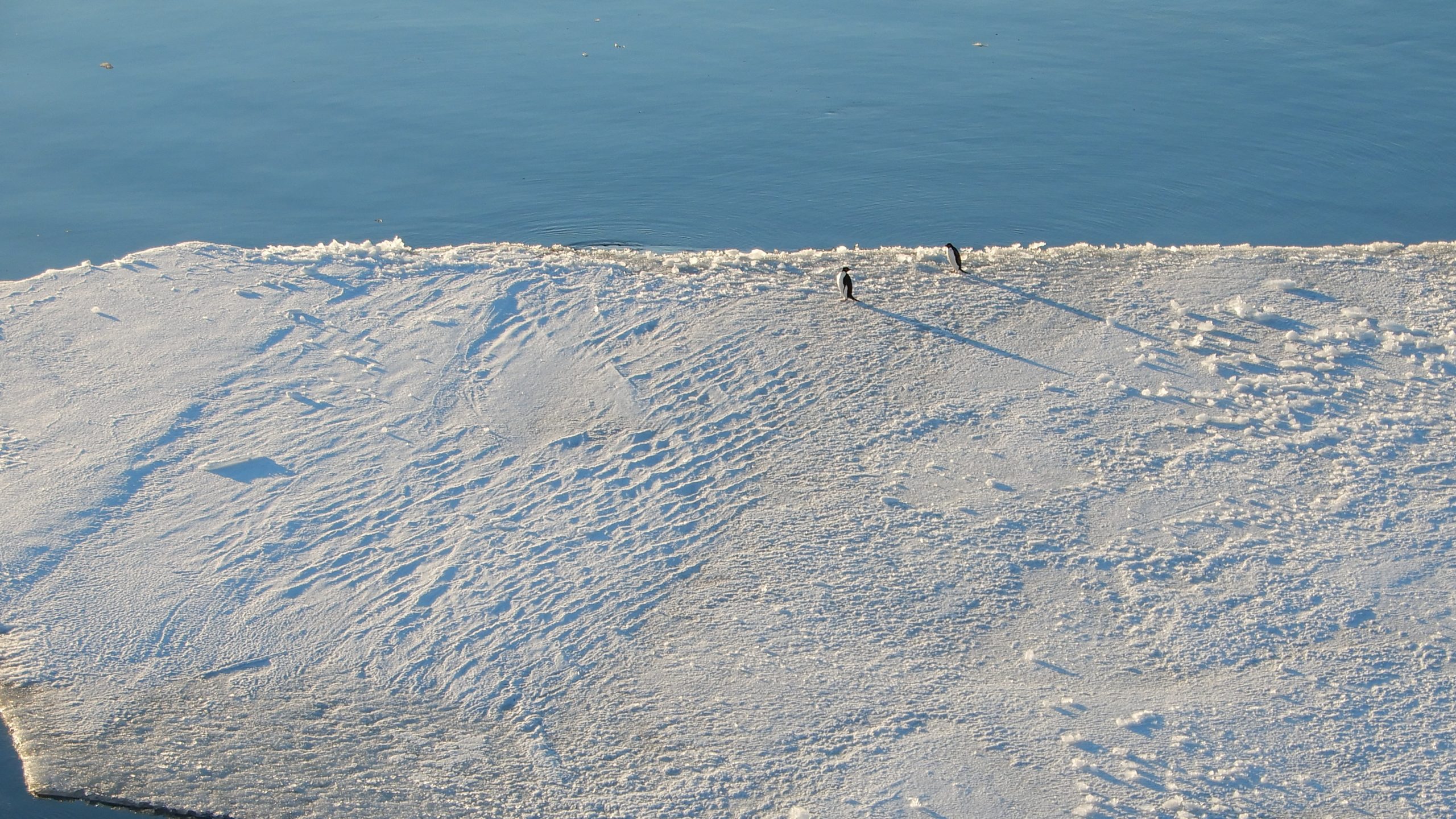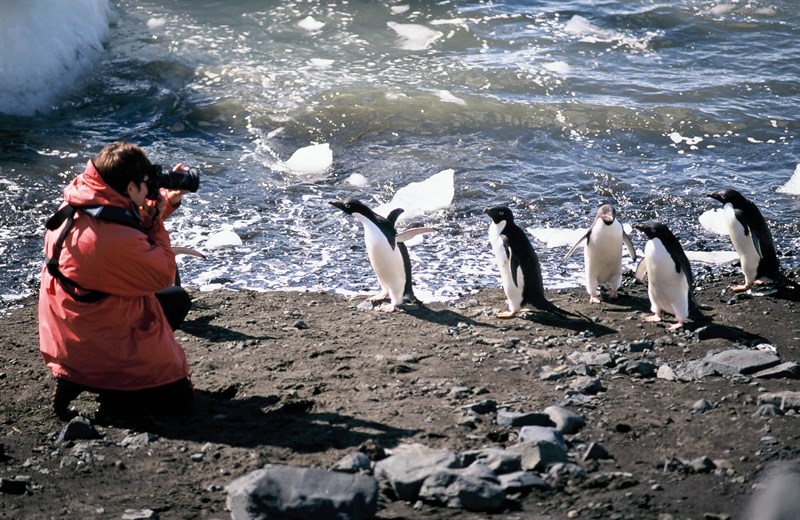by Emma Meehan
The Dutch Research Council (NWO) has launched four projects to research the impact of tourism on Antarctica. The research programme is the first to focus on how tourism impacts the continent, and the findings will support policy development.
The four projects will investigate:
- Decision-making tools for stakeholders on Antarctica’s tourism future
- Incorporating environmental stewardship by tour operators, organisations, and governments
- Understanding the factors that influence tourists becoming ambassadors
- Developing knowledge and tools to minimise the cumulative impacts on biodiversity and wilderness values.
The projects will run from 2022 until 2027.
NWO selects and funds research proposals that have scientific and societal impacts. Through its Dutch Research Agenda’s (NWA) polar programme, a budget of 4 million euros is available in the programme’s first phase.
Protecting Antarctica’s fragile environment
Tourism in Antarctica has been increasing over the past 30 years. As the NWO notes, ships are getting bigger, traveling farther and more frequently, and tourism operators are offering a growing range of activities.
The projects will look at how tourism impacts Antarctica and how it can be carried out in an environmentally and nature-friendly way.
International collaboration is vital for polar research
Researchers from the Netherlands, Australia, New Zealand, the U.S, Canada, and the U.K, are working on the projects.
In addition to international universities, collaborating partners include:
- British Antarctic Survey, a permanent NWO partner in Antarctica research
- International Association of Antarctica Tour Operators (IAATO)
- Scientific Committee on Antarctic Research (SCAR)
- Antarctic and Southern Ocean Coalition (ASOC)
- Oceanwide Expeditions, polar expedition company, and LT&C corporate member.
The research projects will support national and international policy development, with the aim to protect the values of the Antarctic Treaty.

LT&C-Example – Completing a ring of Marine Protected Areas around Antarctica
In the LT&C-Example, tourists and tour operators are key players in encouraging decision-makers to complete a network of marine protected areas (MPAs) in the Southern Ocean around Antarctica.
If these MPAs are created, ASOC points out that 4 million km2 of the ocean would be protected, representing the largest act of ocean protection in history.
This would be a significant achievement and milestone for the 30×30 campaign to protect 30% of the ocean by 2030.



